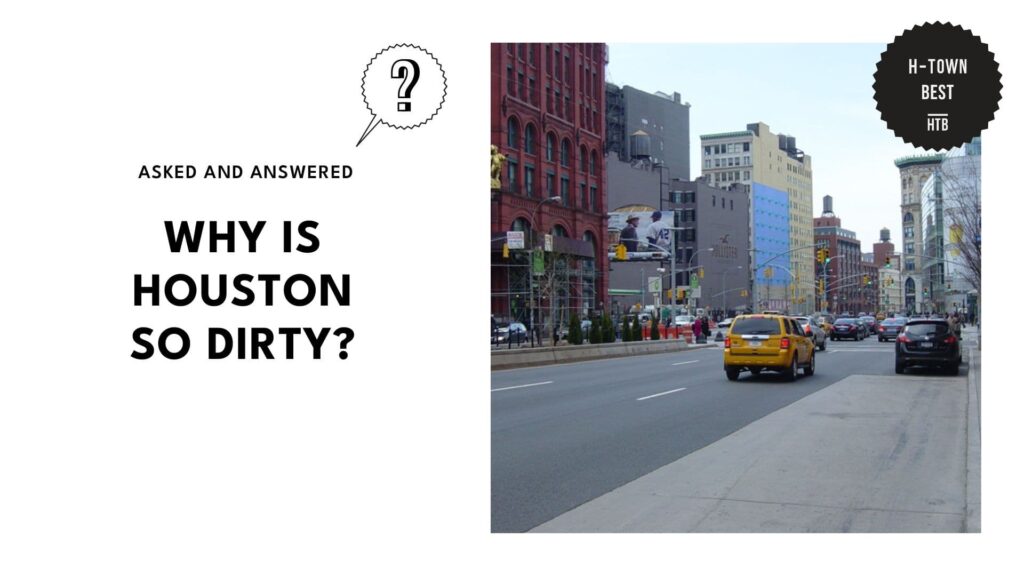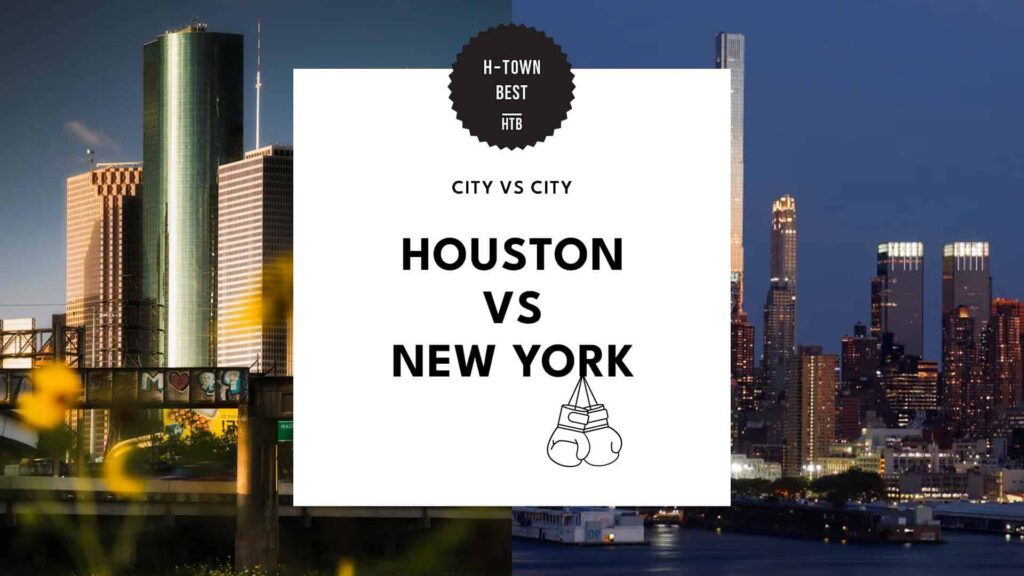Recycling in Houston — All the Important Things to Know

- What should I know about Houston recycling?
- What is the right way to recycle?
- What to put in your recycle bin?
- More Do’s and Don’ts for Recycling in Houston
- Do: Put styrofoam in the trash, not recycling
- Don’t: Put food packaging in recycling
- Do: Rinse plastic & glass containers
- Don’t: Throw away all plastic bags after one use
- Do: Remove bottle lids
- Don’t: Leave cardboard boxes unflattened
- Do: Place overflow in paper (not plastic) bags
- Don’t: Ignore the recycle coach app
One of the main causes of US recycling system breakdown is recycling contamination. Over the past few years, “wishcycling” has skyrocketed as people wish that what goes in the recycling bin were actually recyclable.
A staggering 1 in 4 of the items you put in your recycling bin can’t be recycled. It’s for this reason that Houstonians are living by these eco-friendly anti-wishcycling guidelines.
If you have leftover foil from street tacos, cans of soda from the taco truck, or if your professional organizer is forcing you to get rid of piles of bottles in your garage: here are some of the most important things to know about Houston recycling.
What should I know about Houston recycling?

There are four recycling drop-off centers in Houston where you can recycle items like newspapers and plastic bottles.
Furthermore, there are six neighborhood depository/recycling centers throughout the city that accept larger junk items such as stoves, tree waste, and household recycling.
However, some SWMD Collection Services residents receive large recycling bins that can contain up to 96 gallons.
Your recycling is collected every other week on the same day as your garbage, whether it’s take-out boxes from your Italian restaurant or old dye bottles from the hair salon.
What is the right way to recycle?

It is just as important to recycle correctly as it is to recycle more. When recyclables are contaminated, they are hard to recover at sorting centers.
Keeping it clean and throwing it out when in doubt will help protect the curbside recycling program.
The majority of recyclables come from products found in your kitchen, bath, and laundry. Recycling items must be empty and clean before being placed in the bin.
Do not bag recycling items – place them loose in the cart.
What to put in your recycle bin?
See the table below to find out some of the things you should put in your recycling bin.
| Yes | No |
| • Plastic: any tubs, jugs, and bottles • Cardboard/cereal boxes • Newspaper, catalogs, office paper, junk mail, and magazines • Any glass bottles, jars, and jugs only • Any food/beverage cartons • All tin and aluminum cans | • Scrap metal and scrap wood • Helium tanks • Food/liquids • Hoses, cords, and wires • Clothing • Shredded paper • Electronics • Batteries |
More Do’s and Don’ts for Recycling in Houston

Here are a few tips you should keep in mind when sorting through your recycling.
Do: Put styrofoam in the trash, not recycling

There is no place for Styrofoam in curbside recycling. Due to its density and porous nature, it is notoriously difficult to recycle.
The majority of restaurants still use polystyrene cups, plates, and packaging, which is toxic and environmentally detrimental. It should be thrown away if you cannot reuse it or avoid unavoidable packaging in your home.
Don’t: Put food packaging in recycling

Packaging for food comes in a variety of shapes, sizes, and materials. In some cases, recyclable material is no longer usable due to contamination from food.
Food wrappers, pizza boxes, and chip packets should all be thrown in the trash. It is well known that even a little grease in the recycling load can ruin the entire batch.
Your curbside recycling should be clean, empty, and food-free.
Do: Rinse plastic & glass containers

You can save your plastic and glass containers by rinsing them if they are visibly soiled. Although they don’t need to be scrubbed clean, the cleaner they are, the more likely they are to be recycled.
There has been a recent return to glass recycling in Houston, which means that residents have more rinsing and drying to do. After draining shampoo bottles, jam jars, and margarine tubs on the rack, they’re ready for the green bin.
Don’t: Throw away all plastic bags after one use

It’s wise to reuse plastic bags as often as you can. A lot of bags can hold up for quite a long time and repeated use.
When they finally give up the ghost, though, note that plastic bags cannot be recycled in curbside recycling bins in Houston. All thin plastic materials, from shopping bags to sandwich bags, must be processed in a special facility.
There are a few recycling programs in the city that accept plastic bags. These recyclables can be taken to your local grocery store or to either the Westpark Recycling Center or the Environmental Service Center.
So, if you can’t reuse your plastic bags, take them to one of these recycling centers.
Do: Remove bottle lids

Well, according to some programs, the lids should remain on; according to others, they should be removed. In most cases, the lids of bottles are made of different plastic (compared to the bottles they secure, that is).
Houston requires them to be removed regardless of the material of the container. It is possible to remove the lids from plastic bottles and either throw them away in the trash or take them to Westpark for processing.
Lids for larger aluminum or tin containers can be placed inside the container itself, then thrown out. It is always best to remove bottle lids before recycling bottles or containers in this case.
Don’t: Leave cardboard boxes unflattened

All cardboard pieces should be flattened to 3×3 inches. It is estimated that 70% of cardboard can be recycled if it is clean and dry.
Flattening corrugated cardboard helps recycle centers in Houston. By doing this, it is easier to fit inside the green bin, and to empty inside the recycling collection truck.
As long as the cardboard fits, the contents in your recycling bin won’t become dirty or wet. Keep in mind, the loose contents of your green bin should be sealed inside your bin so they are kept safe.
Do: Place overflow in paper (not plastic) bags

Occasionally, you may have more recycling than they can fit in their green bins, especially after completing a series of cooking classes. It’s best to fill paper bags with overflow and place them beside the bin.
Plastic bags are tempting to use for recycling overflow, but they only cause problems. Bags are manually broken open at recycling centers, contaminating recycling materials and damaging machinery.
You may need another green bin if you have a lot of additional recycling.
Overall, materials inside the paper bags are easier to process due to the “overflow goes in a paper bag” rule.
Don’t: Ignore the recycle coach app

Recycling has never been easier for people who use the Recycle Coach app. In the app, you are immediately notified what can and can’t be recycled in the city.
Incorporating a resource like this into your recycling routine will help end wishcycling.
The mission of this app is to help the people of Houston recycle right, whether they need to know when collections are, or if they want to improve their general recycling knowledge.





